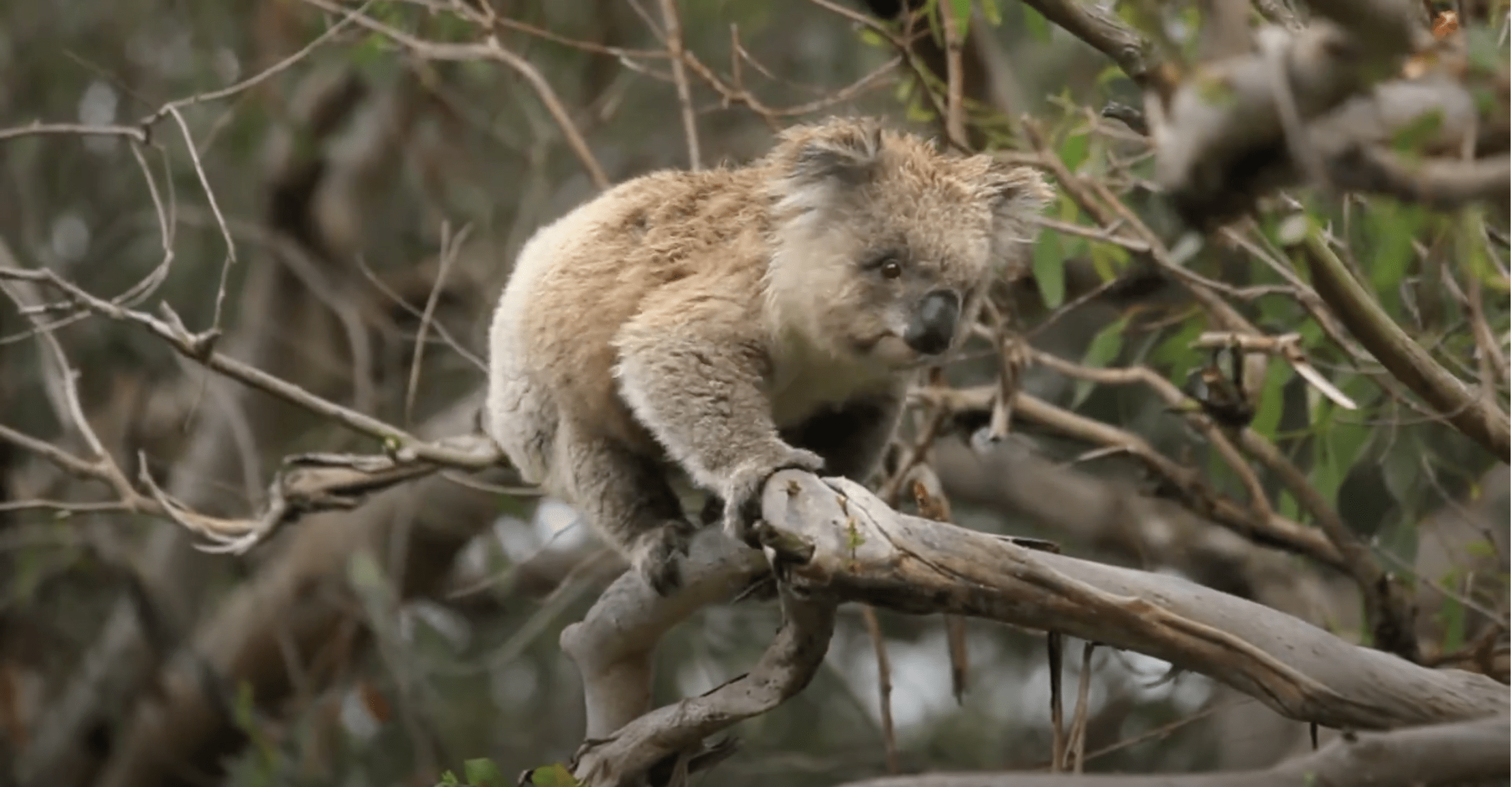Mapping koala habitat like never before
Some might call koalas fussy eaters, others, connoisseurs of fine foods. Just as we choose restaurants with the tastiest or sometimes healthiest food, koalas too choose trees whose leaves are the most nutritious. Koalas also try to avoid trees with high-levels of toxins designed to deter herbivores. So, by finding out which areas are the most nutritious and the least toxic, scientists can determine which areas are key koala habitats and make recommendations to environmental managers.
Dr Kara Youngentob and a team of scientists from The University of Queensland, the Australian National University and CSIRO, with support from the National Environmental Research Program (NERP) and TERN, are developing new techniques to map food quality for koalas and other leaf eaters. The team are using high-resolution spectroscopy data captured by airborne sensors and analysed at TERN’s AusCover facility to locate areas of high productivity and forage quality.
“This data is allowing us to create maps at an individual tree canopy-level and across large areas from a few hectares to thousands of hectares,” says Kara.
“Landscape-scale information on forage quality could provide an important management tool for identifying and selecting landscapes for the conservation of koalas and other leaf eating animals.”
The collaborative work of Kara and her team is not only improving our understanding of the habitat requirements of koalas, it is also providing important information about ecosystem processes and functioning.
And, just imagine how popular the work would be in the koala community if they could read the maps!
Find out more about the project by reading this fact-sheet or by watching the video below:
Published in TERN newsletter May 2014







